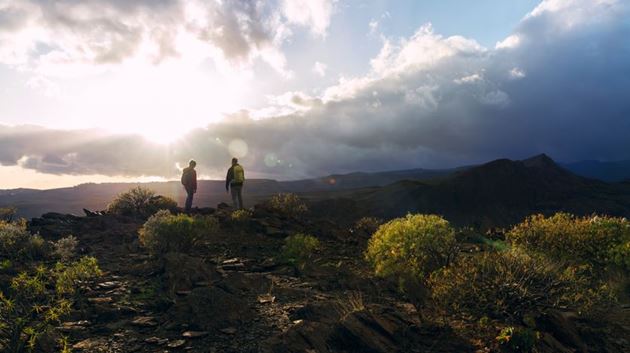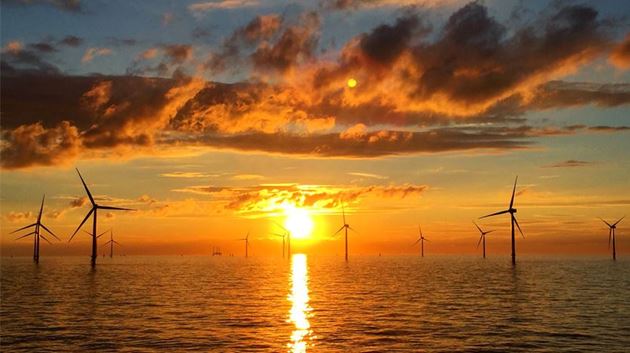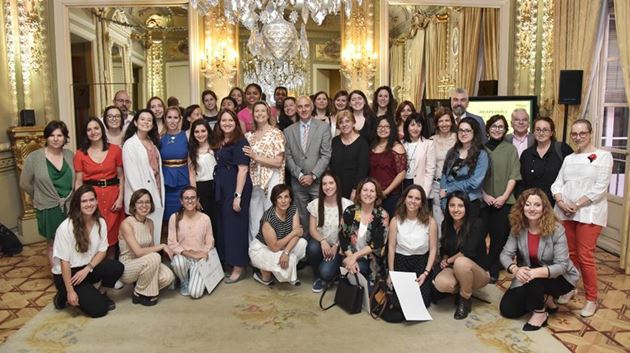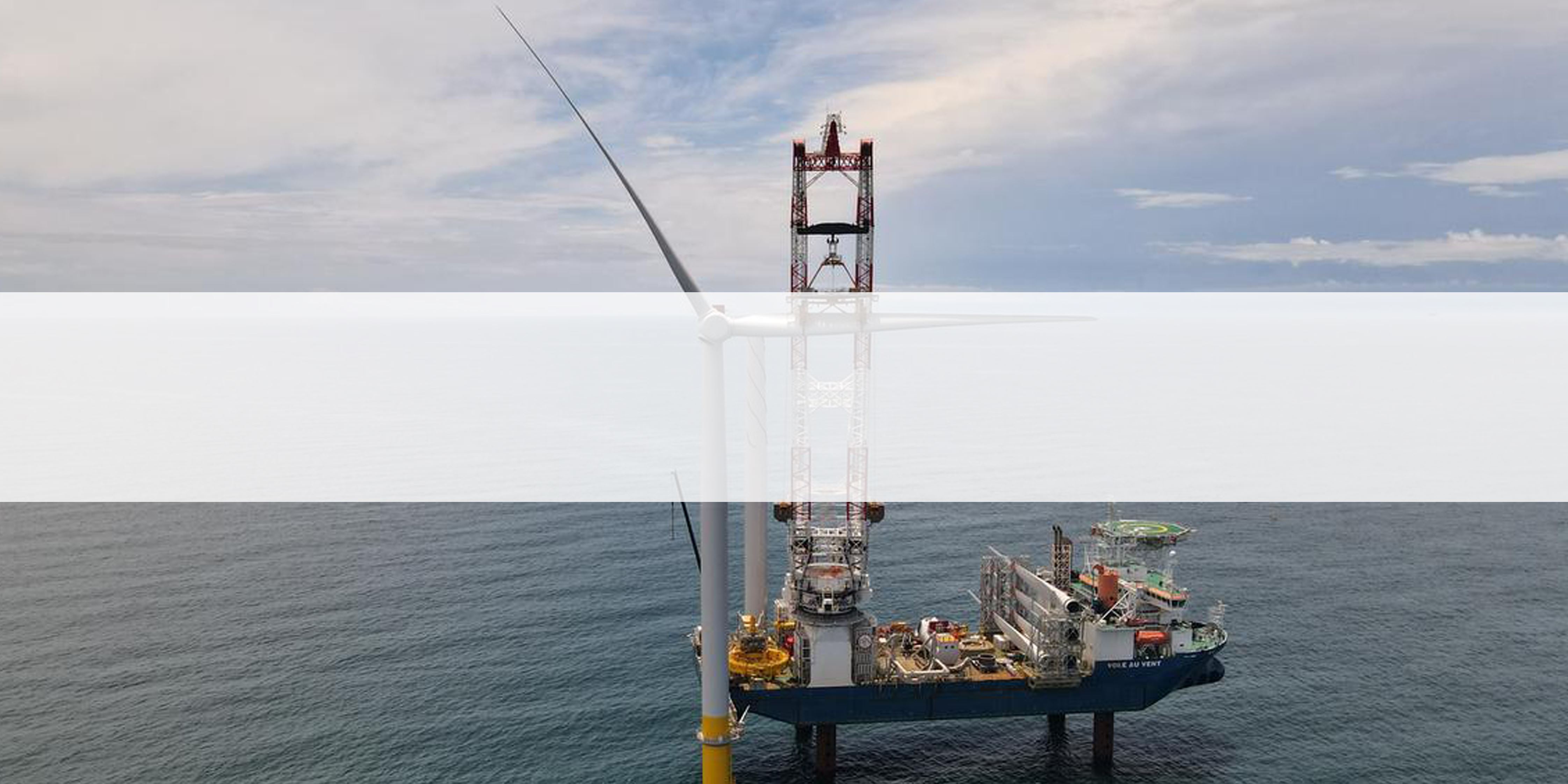
Siemens Gamesa’s first U.S. Offshore wind installation - the gateway to something bigger!
Iowa, USA / 7 July 2020
As the United States prepared to mark its 244th year of independence on July 4, there was another historical U.S. milestone celebrated that week. In Federal waters off the coast of Virginia, Siemens Gamesa installed its first U.S. offshore wind turbines in what promises to be the foundation for a new generation of clean energy. The teams responsible for the Coastal Virginia project refer to it as “the gateway to something bigger,” with the thrill of future offshore opportunity evident in their passion for making this milestone happen. Coastal Virginia is a project of our customer, Ørsted and Dominion Energy.
As the United States prepared to mark its 244th year of independence on July 4, there was another historical U.S. milestone celebrated that week. In Federal waters off the coast of Virginia, Siemens Gamesa installed its first U.S. offshore wind turbines in what promises to be the foundation for a new generation of clean energy. The teams responsible for the Coastal Virginia project refer to it as “the gateway to something bigger,” with the thrill of future offshore opportunity evident in their passion for making this milestone happen. Coastal Virginia is a project of our customer, Ørsted and Dominion Energy.
What is the significance of offshore wind installations in U.S. Federal waters? To answer this, we asked Martin Lind Hansen, Construction Project Manager for Coastal Virginia and this is what he had to say.
Federal waters generally extend three nautical miles seaward from all state coastlines, with a few exceptions. The Bureau of Ocean Energy Management (BOEM) is responsible for energy development in Federal waters and enforcement of regulations for the Outer Continental Shelf (OCS) Renewable Energy Program. These regulations provide a framework for all the activities needed to support production and transmission of energy from sources other than oil and natural gas. Waters within the three nautical miles are regulated by the state, city or port authority, and have restrictions due to residential, recreational and commercial requirements.
Martin sees this project as a significant educational opportunity as the U.S. Offshore team learned to navigate and negotiate with BOEM regarding its existing regulations and those it needed to create to administer an entirely new industry. He’s convinced that this experience is a competitive advantage for Siemens Gamesa for future projects.
Federal waters generally extend three nautical miles seaward from all state coastlines, with a few exceptions. The Bureau of Ocean Energy Management (BOEM) is responsible for energy development in Federal waters and enforcement of regulations for the Outer Continental Shelf (OCS) Renewable Energy Program. These regulations provide a framework for all the activities needed to support production and transmission of energy from sources other than oil and natural gas. Waters within the three nautical miles are regulated by the state, city or port authority, and have restrictions due to residential, recreational and commercial requirements.
Martin sees this project as a significant educational opportunity as the U.S. Offshore team learned to navigate and negotiate with BOEM regarding its existing regulations and those it needed to create to administer an entirely new industry. He’s convinced that this experience is a competitive advantage for Siemens Gamesa for future projects.
Differences between U.S. and Europe
Because each of the 50 states in the U.S. have their own legislation and governments, it adds a layer of complexity, even though there are applications of Federal oversight that apply to all. An example is the Merchant Marine Act of 1920, more commonly known as the Jones Act. This federal law regulates maritime commerce in the United States and requires goods shipped between U.S. ports to be transported on ships that are built, owned, and operated by United States. Siemens Gamesa can still use an EU-flagged installation vessel, however all component movements from shore to the project lease area must be provided by US flagged feeder vessels in order to comply with the law.
Navigating a pandemic
Globally, all Siemens Gamesa employees have been dealing with the effects of the COVID-19 pandemic, and it was no different for the Offshore team. As components arrived in Halifax, Canada, to prepare for shipment to Virginia, unforeseen issues surfaced. The team was faced with the option of either securing a Canadian crew or quarantining the SGRE crew for two weeks, potentially causing a delay in project execution. Always putting health and safety first, the quarantine requirement was met.
Another challenge arose with the travel restrictions that were a result of COVID-19. “I couldn’t travel to Europe during this time and we had several milestones to deliver, e.g. preassembly of components and loadout to complete in the Port of Esbjerg, Denmark. The team executed this without me present, within the timeframes and with military precision and discipline, according to the plans we made upfront. I am proud of what was achieved, and the way they stepped up, took charge and delivered. This is exactly what is aimed for in the team, a well-formed team that performs and delivers.”
Another challenge arose with the travel restrictions that were a result of COVID-19. “I couldn’t travel to Europe during this time and we had several milestones to deliver, e.g. preassembly of components and loadout to complete in the Port of Esbjerg, Denmark. The team executed this without me present, within the timeframes and with military precision and discipline, according to the plans we made upfront. I am proud of what was achieved, and the way they stepped up, took charge and delivered. This is exactly what is aimed for in the team, a well-formed team that performs and delivers.”
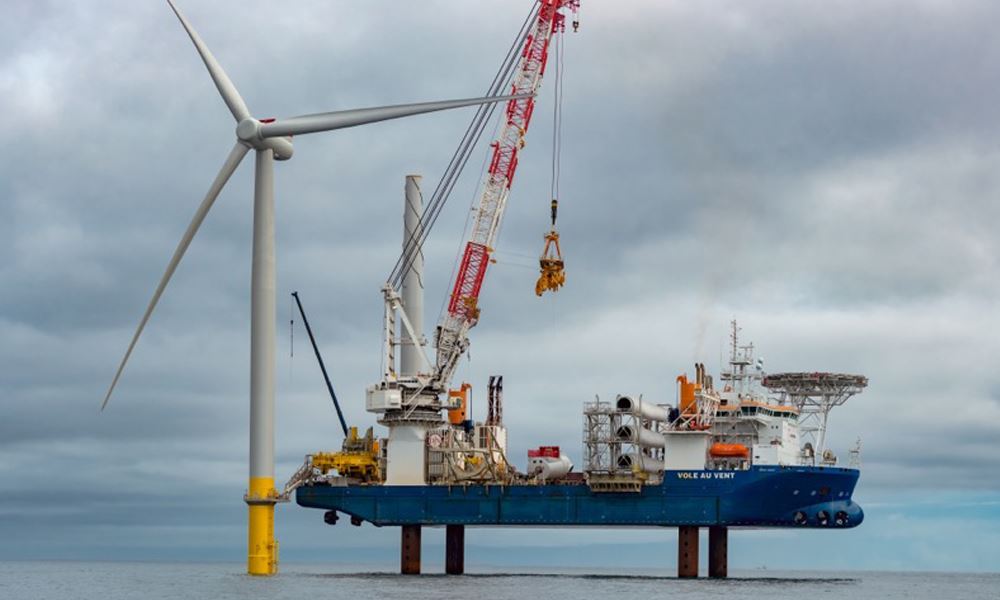
The journey continues from Halifax to Virginia
The installation vessel, Vole Au Vent, arrived in Halifax in early May. After the two-week quarantine period, the foundation components were loaded onto the vessel and began their journey to the Costal Virginia site. By the end of May, the foundations were installed marking yet another exciting milestone. Once installed, Vole Au Vent returned to Halifax to pick up the final load of components – this time, the turbine components. It started with the tower sections, followed by the six blades and finally two nacelles. Vole Au Vent made its second and final voyage to Virginia Beach.
What’s next?
With the culmination of this two-turbine installation and the completion of the building phase, we asked Martin what comes next. “The next steps are the handoff to the commissioning team.. The turbines will be energized and connected to the grid. The service team will then take over the daily operations and maintenance of the Coastal Virginia turbines.”
He looks to the future with eager anticipation. “With more than 30GW available and the experience that Coastal Virginia provided us, we are nearing the point of no return for the offshore industry in the U.S. It’s like a recipe – Siemens Gamesa has a great recipe based on our offshore experience in Europe. We’ve made some changes to the recipe for the U.S., and our Coastal Virginia experience has helped us perfect the recipe for this market. What I’m most proud of is that we’ve executed the Coastal Virginia with an excellent safety record – our first priority!”
Steve Dayney, Head of Offshore North America, is also enthusiastic about the first step in building the “gateway to something bigger” and the opportunities it represents for Siemens Gamesa’s offshore wind future in the U.S. “The Coastal Virginia project establishes Siemens Gamesa as a U.S. industry leader in offshore wind power. We have much to look forward as we grow our business with this exceptional team in place and a successful first effort.”
From the project signing in 2018 to now, a lot has happened to advance the offshore wind industry in the U.S. While the demonstration project is small, it sets Siemens Gamesa up for success and future growth. It also serves as a benchmark and learning opportunity for the larger 2.6 GW Coastal Virginia Offshore Wind Commercial project. 2020 is a launching point for Siemens Gamesa’s offshore wind business in the U.S. To date, we have over 4 GW of conditional orders in the pipeline demonstrating that the offshore wind industry is gaining significant momentum in the United States. With aggressive clean energy targets set in many states, offshore wind can be a major contributor to meeting those targets and we are ready to deliver on a clean, renewable future.
He looks to the future with eager anticipation. “With more than 30GW available and the experience that Coastal Virginia provided us, we are nearing the point of no return for the offshore industry in the U.S. It’s like a recipe – Siemens Gamesa has a great recipe based on our offshore experience in Europe. We’ve made some changes to the recipe for the U.S., and our Coastal Virginia experience has helped us perfect the recipe for this market. What I’m most proud of is that we’ve executed the Coastal Virginia with an excellent safety record – our first priority!”
Steve Dayney, Head of Offshore North America, is also enthusiastic about the first step in building the “gateway to something bigger” and the opportunities it represents for Siemens Gamesa’s offshore wind future in the U.S. “The Coastal Virginia project establishes Siemens Gamesa as a U.S. industry leader in offshore wind power. We have much to look forward as we grow our business with this exceptional team in place and a successful first effort.”
From the project signing in 2018 to now, a lot has happened to advance the offshore wind industry in the U.S. While the demonstration project is small, it sets Siemens Gamesa up for success and future growth. It also serves as a benchmark and learning opportunity for the larger 2.6 GW Coastal Virginia Offshore Wind Commercial project. 2020 is a launching point for Siemens Gamesa’s offshore wind business in the U.S. To date, we have over 4 GW of conditional orders in the pipeline demonstrating that the offshore wind industry is gaining significant momentum in the United States. With aggressive clean energy targets set in many states, offshore wind can be a major contributor to meeting those targets and we are ready to deliver on a clean, renewable future.

